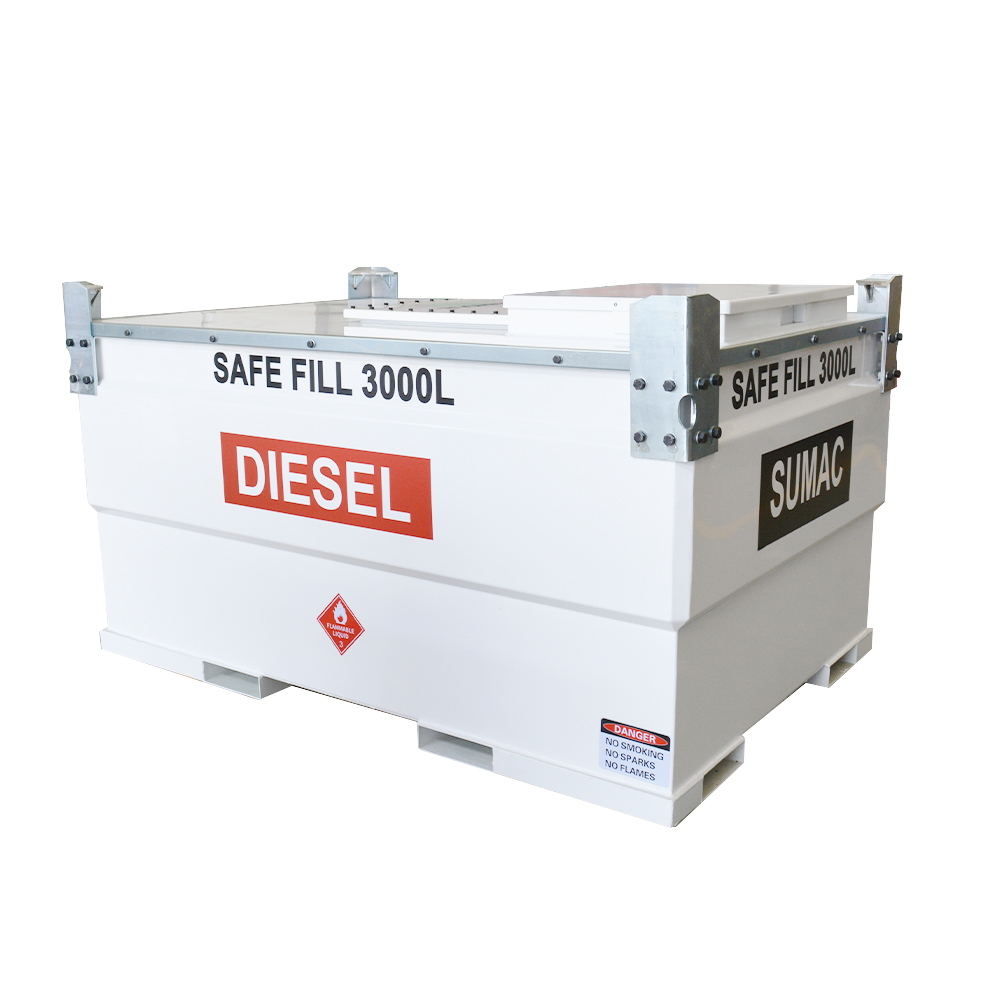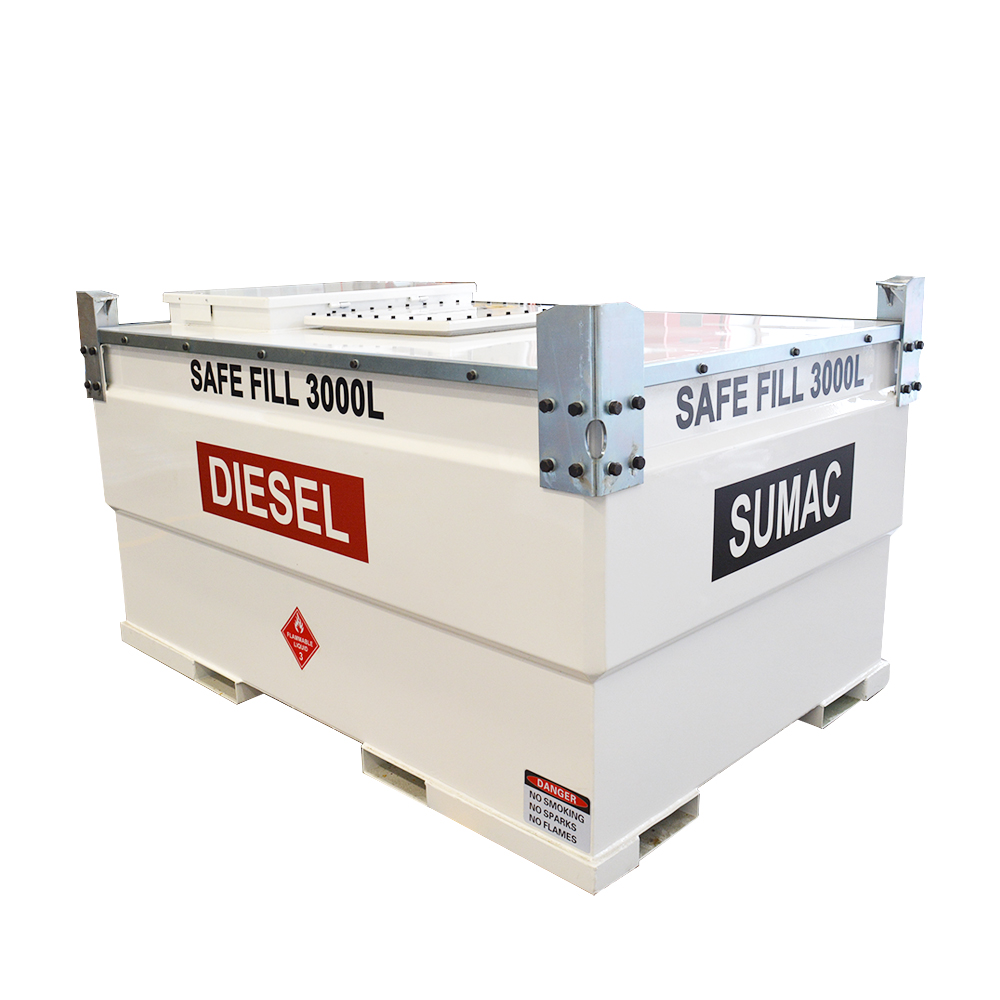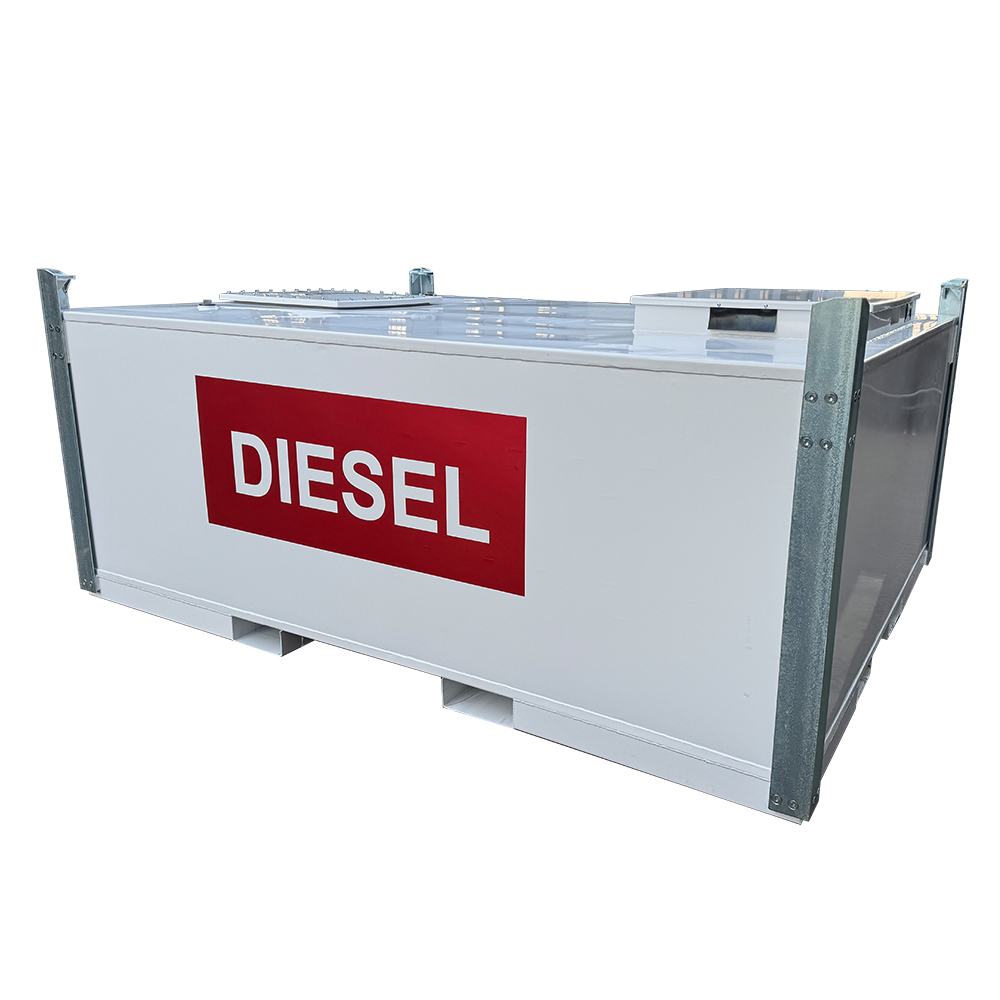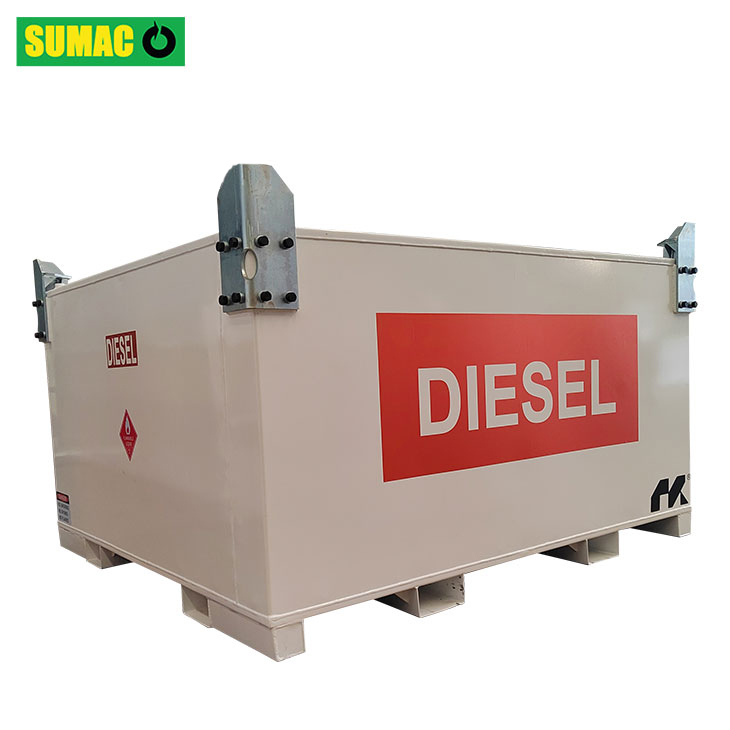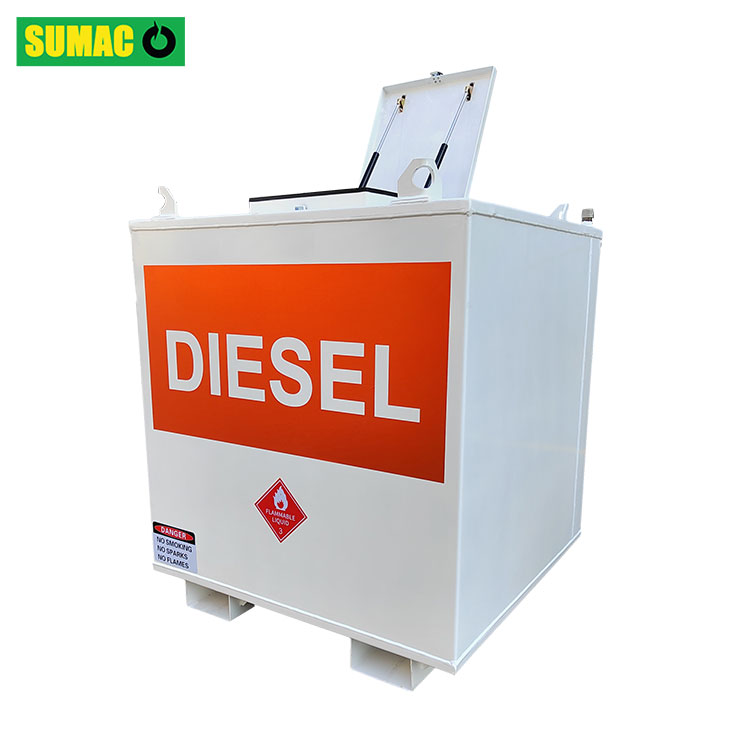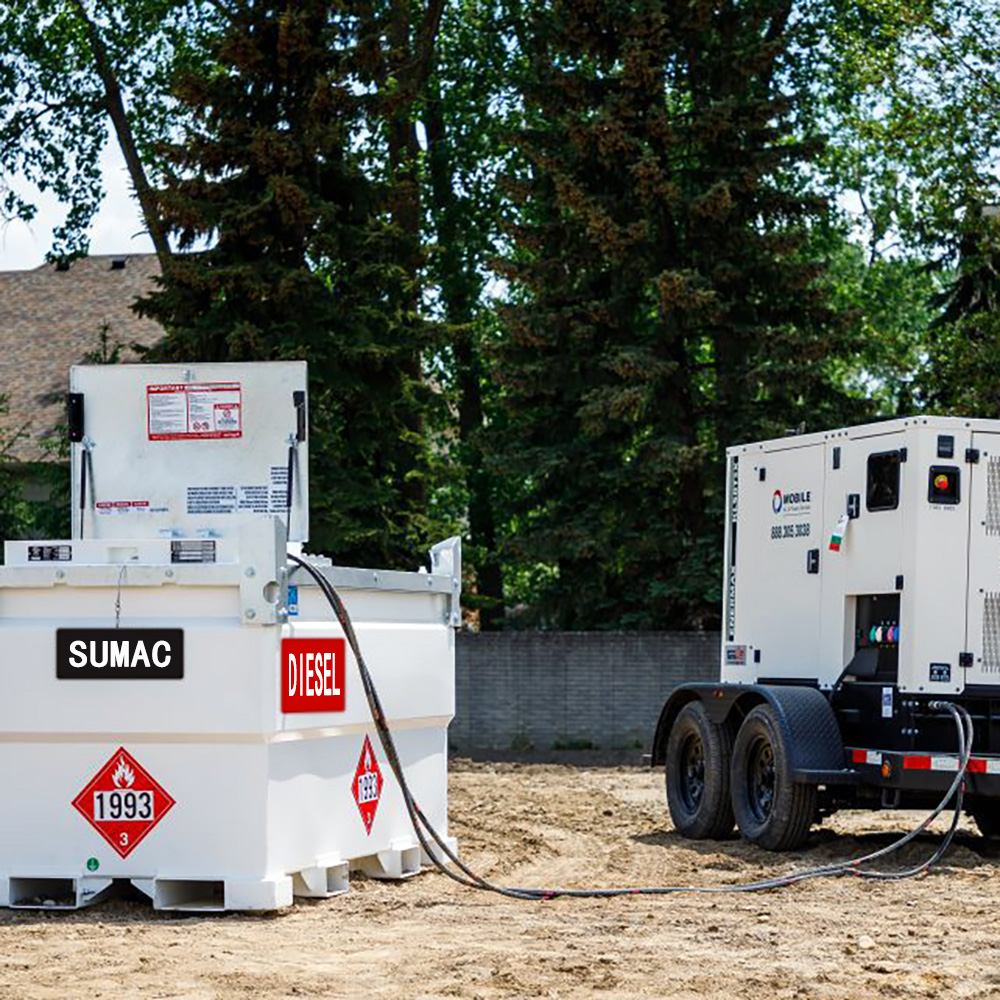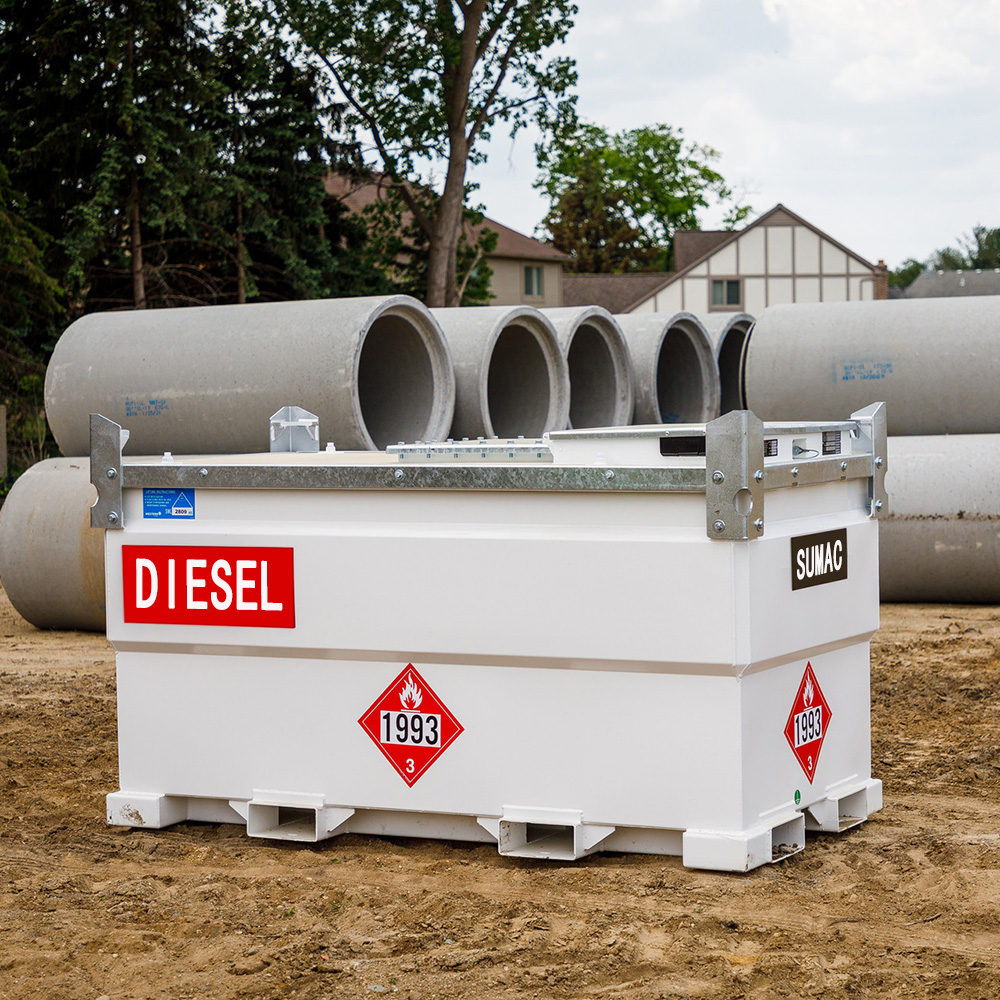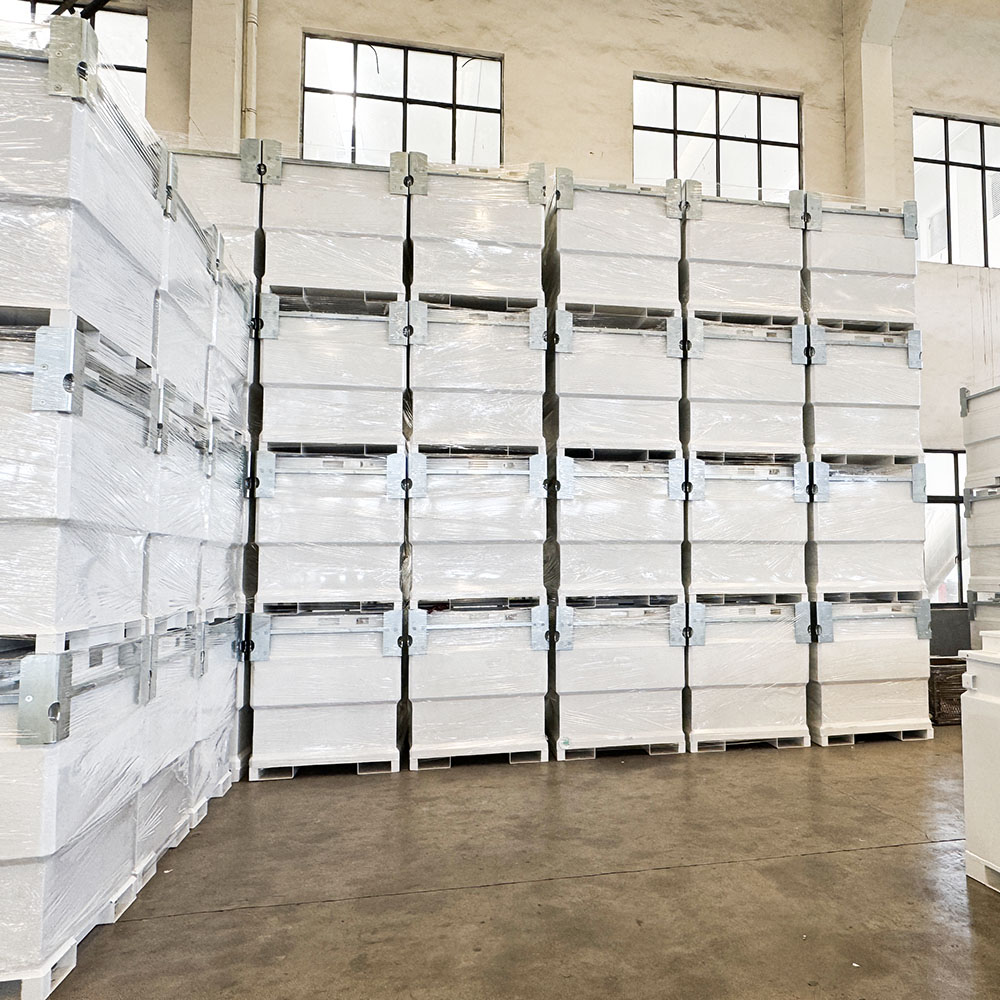-
Does the diesel tank with pump have a rust-proof surfaceDec 01, 25Most diesel tanks with pumps are equipped with rust-proof surfaces, as rust prevention is a key design requirement to ensure the durability and safety of the tank and its built-in pump...
-
Does the diesel tank with pump have a long service lifeDec 01, 25When users invest in diesel tanks with pumps, the service life is often a core concern that affects their purchasing decisions. Many people may question whether this kind of equipment can maintain stable performance for a long time and achieve long-term use value...
-
Is the diesel tank with pump easy to clean and maintainDec 01, 25For users who use diesel tanks with pumps for a long time, the convenience of cleaning and maintenance is a key factor affecting their user experience and the service life of the product...
-
Does the diesel tank with pump have explosion-proof performanceDec 01, 25When it comes to diesel tanks with pumps, safety is always a top concern for users, especially the question of whether they have explosion-proof performance...
-
Is the diesel tank with pump easy to installDec 01, 25Nowadays, diesel tanks with pumps are widely used in various fields, playing an important role in ensuring the stable operation of machinery and equipment...
-
How do diesel transfer tanks ensure safetyNov 29, 25Diesel transfer tanks ensure safety through a combination of thoughtful design, robust components, and protective features that mitigate risks associated with fuel storage and transfer. ..
-
Why opt for heavy-duty diesel transfer tanksNov 29, 25Opting for heavy-duty diesel transfer tanks makes sense for users seeking reliability, durability, and performance in demanding environments...
-
How to maintain diesel transfer tanks properlyNov 29, 25Proper maintenance of diesel transfer tanks is essential for extending their service life, ensuring fuel quality, and preventing safety hazards. Regular visual inspections form the foundation of effective maintenance...
-
How to install diesel transfer tanks correctlyNov 29, 25Installing diesel transfer tanks correctly is crucial for ensuring safety, preventing leaks, and maintaining optimal performance. ..
-
What diesel transfer tanks are weather-resistantNov 29, 25Weather-resistant diesel transfer tanks are engineered to withstand the full range of harsh environmental conditions, from intense sunlight and extreme temperatures to heavy rain, snow, and corrosive elements...

